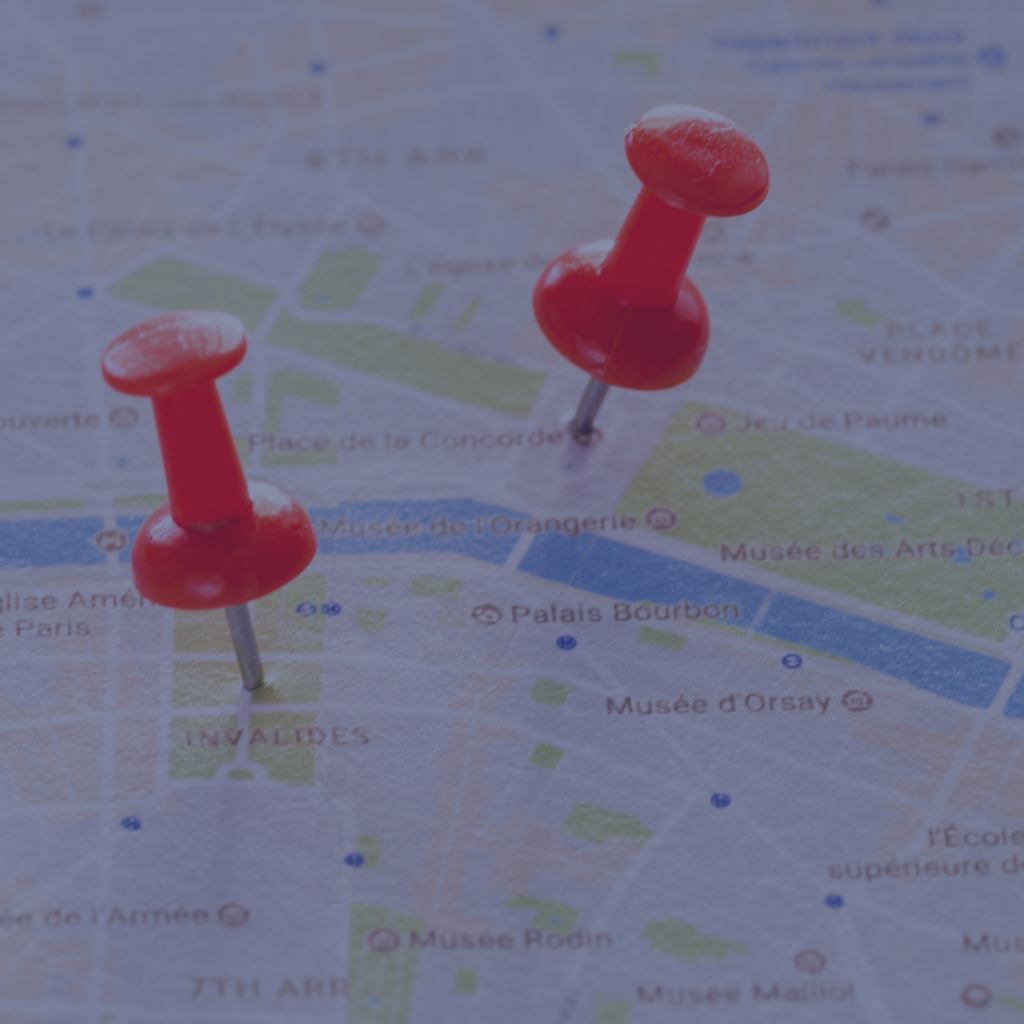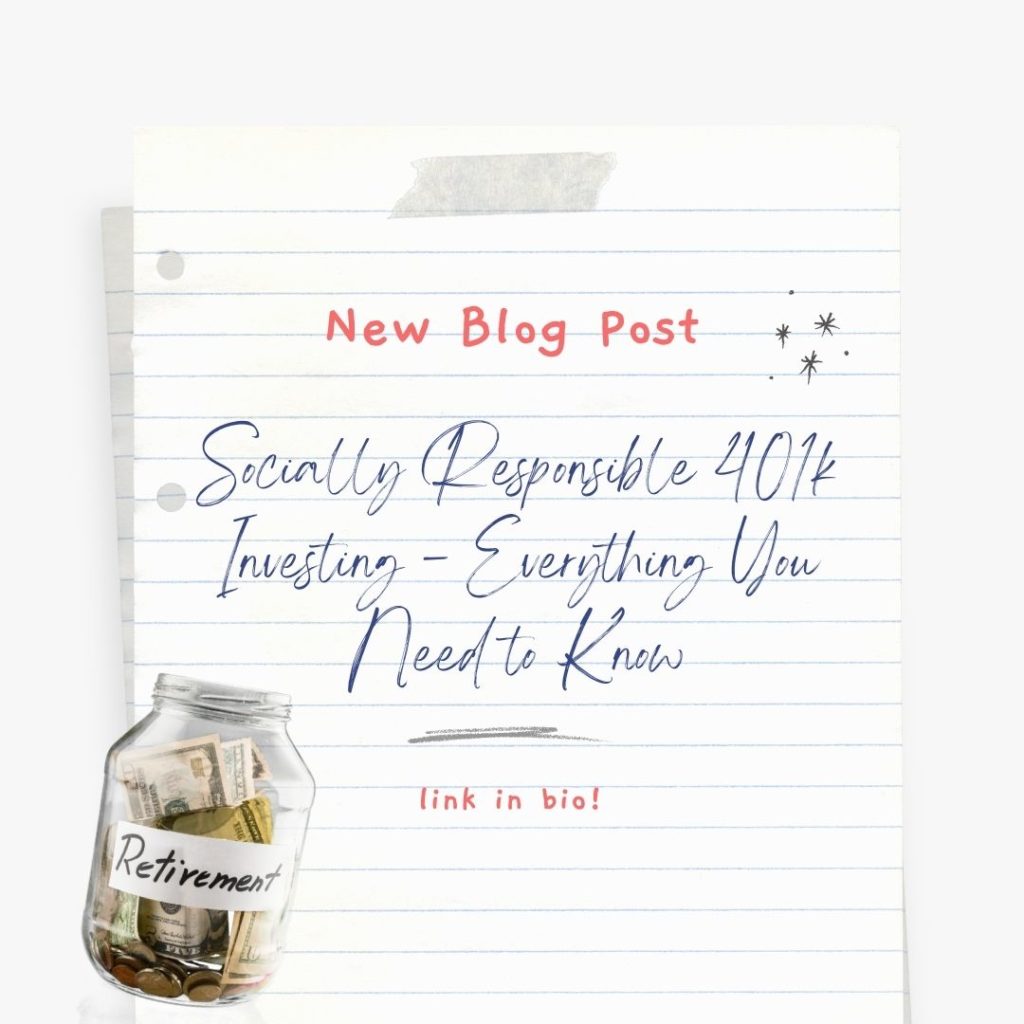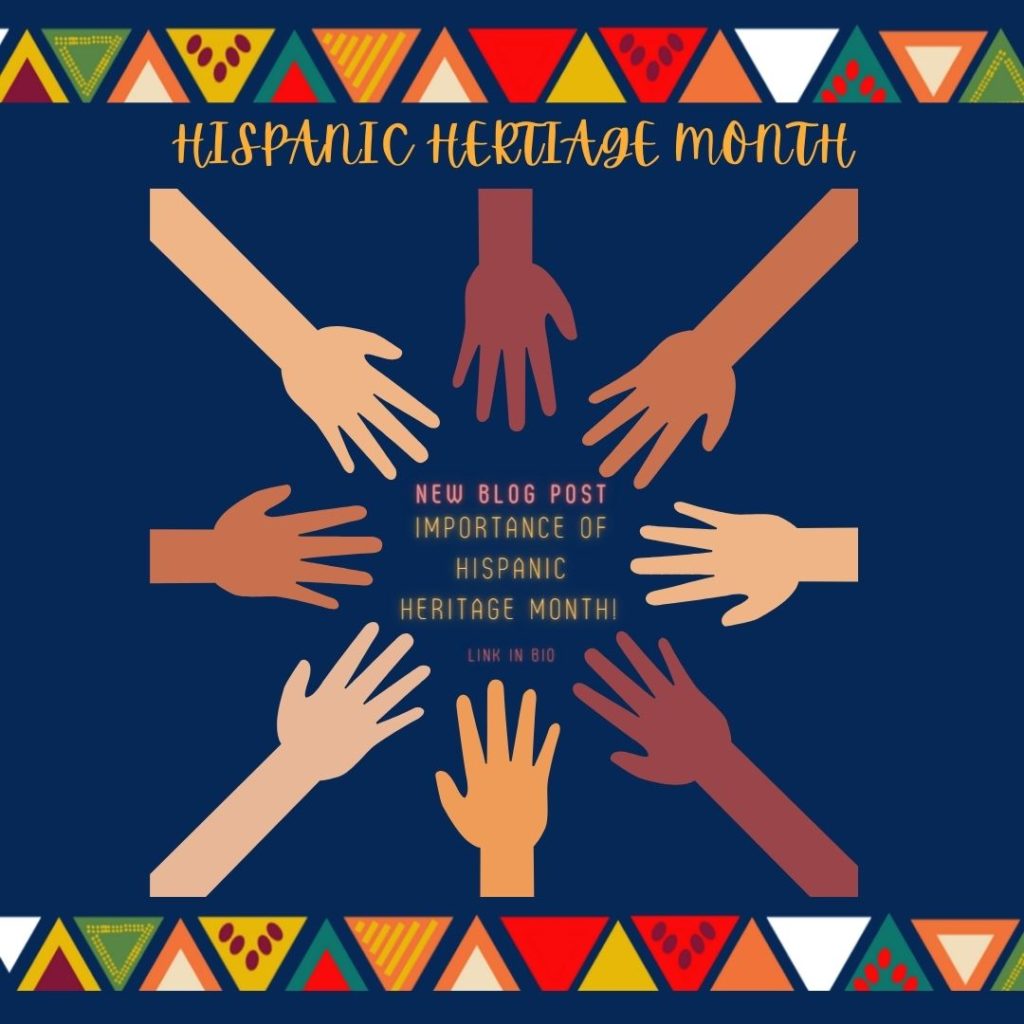How does racism impact personal finance?
Recently, I’ve seen headlines about how your zip code relates to your personal finances. And, while it’s true there is a correlation between location and finances, your geographic location isn’t determining anything.
The relationship between zip code and debt is the relationship between segregation and discrimination. Across the United States, segregation and discrimination ensured that people of color, especially Black people, were not offered the same financial opportunities as white people.
Segregation pushed marginalized people into the same geographic areas. Using political boundaries and racist policies, these segregated communities were divested from for generations. The legacy of this sort of institutional oppression can now be seen in the connection between geography and debt.
Segregation
Throughout the last century, segregation was a powerful tool for shaping the community. In 1896, segregation was legally promoted by the Supreme Court in the case of Plessy v. Ferguson, which ruled segregation was constitutional. Throughout the mid-20th century, Jim Crow Laws kept Black and white Americans separated in schools, libraries, parks, drinking fountains, restrooms, trains, buses, and restaurants.
Segregation laws were especially potent in the housing market. On a federal level, government agencies, such as the Home Owners Loan Corporation (HOLC), enacted racist policies that deemed neighborhoods of color “undesirable.” The “hazardous” and “undesirable” neighborhoods were denied housing loans and capital investment.
Policies like this spurred white flight. The policies made it accessible and appealing for white families to find single-family homes in the suburbs. This, in turn, increased the effects of racial segregation.
While many of these racist practices are no longer legal, the legacy of all this discrimination is still present. The majority of neighborhoods the HOLC deemed “hazardous” are low-to-moderate income and have a majority of racial minority residents. In other words, these neighborhoods are still struggling with poverty and residents are largely people of color.
Tools of Discrimination
So, when we see the correlation between zip code and debt, it is important to recognize that the relationship is not accidental. Knowing how segregation continues to impact communities today, it is clear that racist systems have contributed to the financial makeup of American neighborhoods.
In the United States, poverty disproportionately affects people of color, specifically Black and Hispanic residents. Many of the causes of poverty can be tied to racial injustices. And, policies that promoted segregation made it easy for businesses and the government to strategically divest from communities of color.
The root causes of poverty include lack of education, lack of food and water, lack of infrastructure, lack of government support, and more. Each of these causes can be directly related to racial injustice in the United States.
Schools with higher shares of students of color — especially Black and Hispanic students — are consistently underfunded and overpoliced.
Communities of color disproportionately face environmental degradation in ways that threaten their drinking water. This environmental racism extends to infrastructure. Communities of color are more likely to be exposed to pollution. Historically, communities of color have received less and lower quality infrastructure than predominantly white communities.
Moreover, the progress for white communities has often been achieved at the expense of people of color. In the 1950s and 60s, many Black neighborhoods were destroyed to expand the growing highway system. Here in Minnesota, St. Paul’s Rondo neighborhood was home to a diverse group of residents from the 1850s until 1956 when it was torn in half to build Interstate 94 (I-94).
America is a nation built on the exploitation of people of color. From the genocide of indigenous people and the trafficking of Africans into slavery to today’s prison industrial complex and overreliance on military spending, the United States has engineered a system in which it is necessary for people to be exploited and abused for profit.
When a system necessitates such dehumanization and destruction, it is clear that something is desperately wrong with that system.
Taking Action
Moving forward in such a convoluted system can feel impossible, but major changes to our world are possible through collective actions. We can find inspiration in PRIDE, the Black Power Movement, #MeToo, Black Lives Matter, and many more.
When we take action to support our communities and historically divested communities across the country, we can make a difference.
Financially, we can invest in peace, diversity, and the environment and divest from violence and discrimination. We can support our neighbors through mutual aid funds and buying local. We can vote with our wallet for social change.
Politically, we can support policy changes that build a more collective society and build political accountability. We can defund the police, abolish the death penalty, and more. We can support everyone’s basic human rights, including access to housing and healthcare. We can fight for tax reform and restructure government budgets to work for the people, prioritizing community needs and education. We can begin to discuss what reparations could look like for Americans on both an individual and community scale.
When we work together, we can build a better future for everyone.




